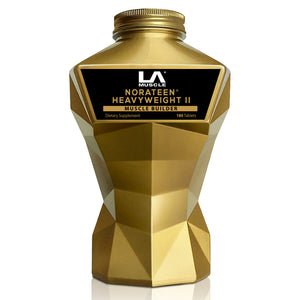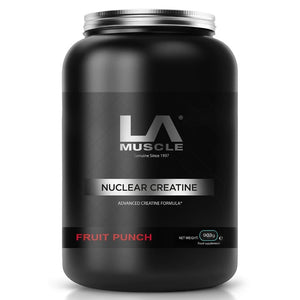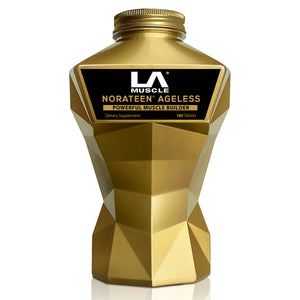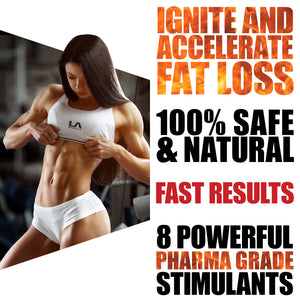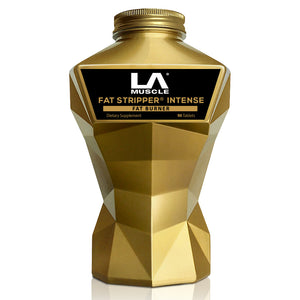
In today’s world, many people find that their dietary choices are not just a matter of preference but necessity. Food allergies, intolerances, and concerns about contaminants have made eating a complex and often stressful experience for some. From dairy and gluten to vegetables and water sources, navigating these challenges can make eating feel more like a nightmare than a source of nourishment. Let's explore why this happens and what alternatives exist for those struggling with dietary restrictions.
The Dairy Dilemma
Dairy products have long been considered a vital source of protein and calcium. However, for those with lactose intolerance or a dairy allergy, consuming milk, cheese, and yogurt can lead to digestive discomfort, skin issues, or more severe allergic reactions. The removal of dairy from the diet can leave a gap, especially when it comes to getting enough protein and essential nutrients.
Alternatives:
- Plant-based Milks: Almond, oat, soy, or coconut milk are popular options. Many are fortified with calcium and vitamin D to make up for the loss of nutrients found in dairy.
- Lactose-free Dairy Products: These retain the taste and texture of traditional dairy but remove the lactose, making them easier to digest.
- High-protein Alternatives: Tempeh, tofu, lentils, quinoa, and chickpeas offer protein without the dairy. For those who tolerate it, pea protein powder can also be a good supplement.
Red Meat and Digestive Issues
Red meat is a rich source of iron, protein, and vitamin B12, but for some individuals, it causes digestive discomfort and is considered too acidic. Those who cannot digest red meat often struggle with finding other protein sources that provide the same level of satiety and nutrients.
Alternatives:
- Poultry and Fish: Lean meats like chicken and turkey are often easier to digest and less acidic. Fish, especially fatty varieties like salmon, also provide essential omega-3 fatty acids.
- Eggs: These are highly nutritious and versatile, offering protein, vitamins, and minerals.
- Plant-based Options: For vegetarians or those avoiding all meats, nuts, seeds, and legumes like lentils or black beans are excellent protein sources if they can be tolerated.
The Gluten-Free Challenge
Gluten, a protein found in wheat, barley, and rye, can cause significant digestive distress for those with celiac disease or gluten intolerance. Traditional bread, pasta, and other wheat-based products become off-limits, making it challenging to maintain a balanced diet.
Alternatives:
- Gluten-free Grains: Quinoa, rice, buckwheat, and millet are naturally gluten-free and provide fiber and essential nutrients.
- Alternative Flours: Almond flour, coconut flour, and chickpea flour are popular for gluten-free baking and cooking.
- Gluten-free Bread and Pasta: Many brands now offer gluten-free versions of these staples, often made from rice, corn, or legumes.
Vegetables and Digestive Distress
Vegetables and legumes are rich in fiber, vitamins, and minerals, but they can cause bloating, gas, and other digestive issues for some people. High-FODMAP vegetables (like broccoli, onions, and beans) are common culprits.
Alternatives:
- Low-FODMAP Vegetables: Options like carrots, zucchini, spinach, and bell peppers are often easier to digest.
- Cooked vs. Raw: Cooking vegetables can help break down some of the fibers and make them easier to digest. Steaming, roasting, or sautéing are great options.
- Sprouted Grains and Legumes: Sprouting can reduce the components that cause digestive distress, making these foods more tolerable.
Water Woes: Bottled vs. Tap
Even water, the most basic element of a healthy diet, has become a source of concern. Bottled water may contain microplastics, while tap water can carry contaminants such as heavy metals, chemicals, and bacteria.
Solutions:
- Filtered Water: Using high-quality filters at home can remove contaminants from tap water without the need for bottled alternatives.
- Glass or Stainless Steel Bottles: For those who prefer bottled water on the go, choosing glass or stainless steel bottles can help reduce exposure to plastics.
- Natural Springs: When possible, sourcing water from natural springs can provide a cleaner, more mineral-rich option.
Finding Balance: What Can You Eat?
With so many restrictions, it may feel impossible to create a balanced and satisfying diet. However, with careful planning and experimentation, it is possible to find a variety of foods that work for your body. Here are some tips:
- Focus on Whole, Unprocessed Foods: Fresh fruits, lean proteins, nuts, and seeds (for those who tolerate them) can form the foundation of a healthy diet.
- Embrace Variety: Rotate your protein sources and grains to reduce the likelihood of developing sensitivities and to ensure you receive a broad spectrum of nutrients.
- Consult with a Dietitian: A registered dietitian can help create a personalized eating plan that meets your nutritional needs while avoiding foods that trigger discomfort.
- Experiment with New Ingredients: Explore gluten-free grains like teff, amaranth, or sorghum, and try different cooking methods to make vegetables more digestible.



